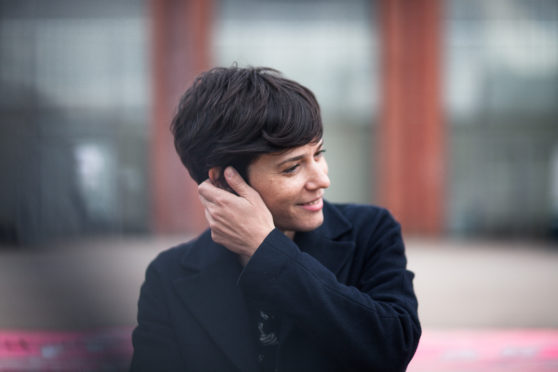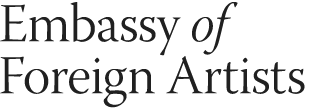ESTELLE JULLIAN
Estelle Julian, *1981 Avignon, lives and work in Valencia (Spain)
Residency period : July to october 2019
Architect
Granted by the GVA Consorci de Museus de la Comunitat Valenciana within the Cultura Resident program.
Estelle Jullian practice approaches different fields such as architecture, urban and rural territory, ecology, art and participation. She understands praxis as city maker. She is interested in the development processes of inclusive tools that can be carried out in workshops, community projects and exhibitions, where space is understood from a social and cultural perspective. This interest in contemporary spatial practices, contemporary artistic practices and environmental issues also leads her to investigate the urban and rural space in a more experimental way.
Estelle considers each project as the opportunity to open a space of collective reflection. She has collaborated with numerous professionals involved in the built environment as architects and urban planners but also sociologists, artists, craftswomen, curators, educators and cultural managers.
Featured references: May Your Rice Never Burn, within Atelier Luma (Arles) in collaboration with Balikypopoy. Arxiu Convent,within Convent Carmen (Valencia) in collaboration with Roser Colomar. Acciones Extra-Ordinarias, Imagina Madrid,Intermediae Matadero (Madrid) in collaboration with Paula Valero. 23,5/Máquinas simples, XXI Mostra art públic / Universitat Pública (Valencia). Relecture, Centro del Carmen Cultura Contemporanea (Valencia).
STATEMENT
Halfway between what could be like scientific research and performative actions, this residence project proposes to reflect on the movement of water and some of the materials it transports: sediments. How to treat and portray these particles in a poetic way to approach and question the reality of our world from sensory experiences? What shapes could be molded with sediments from lac Leman (silt, fine sand and clays) to question the gravity and the currents that relate apparently unconnected territories but that nevertheless have a common history? Sediments are torn from the landscape by erosion. The grains of sand are micro-bits of a migrating landscape.
When we refer to the problems of the increase in coastal erosion, we generally refer to two main anthropic causes: the sea level rise due to climate change and coastal urbanizations. But there is a third factor that aggravates this phenomenon in a significant way: the lack of direct supply of sediments from rivers.
The urbanization of the riverbeds through dams and reservoirs or the massive extraction of sand are the main reasons that prevent the arrival of fine sediments, which move at the speed of water to the coasts. It is estimated that about one third of the natural sediment flow is trapped in reservoirs around the world. However, sand is the most consumed resource by humans after water (used in the construction sector, but also for the manufacture of glass or photovoltaic cells). According to many international observers we could get to experience a sand crisis even before the expected oil crisis.
The Rhone is the only river that connects the Mediterranean with northern Europe. Rises on the Rhône glacier and, after feeding Lake Geneva and crossing several cities, it ends up in the Camargue delta and flows into Mediterranean Sea. Nowadays, no boat can reach Mediterranean sea from Lac Leman, while moving sediments still can make this trip. However, currently the amount of sediment transported is now half that 60 years ago, which has great consequences in the Gulf of León.
This project poses a research field and offers a space for reflection around our inhabited territory. Starting from a global problem, attempts with minimal gestures an approach to the scale of the human hand. It aims to connect us in a poetic way to the elements that are fundamentally our resources, water, land and sun.
Website: www.estellejullian.com
Portrait of Estelle Jullian by ©La Mina Films

Year : 2019-en

